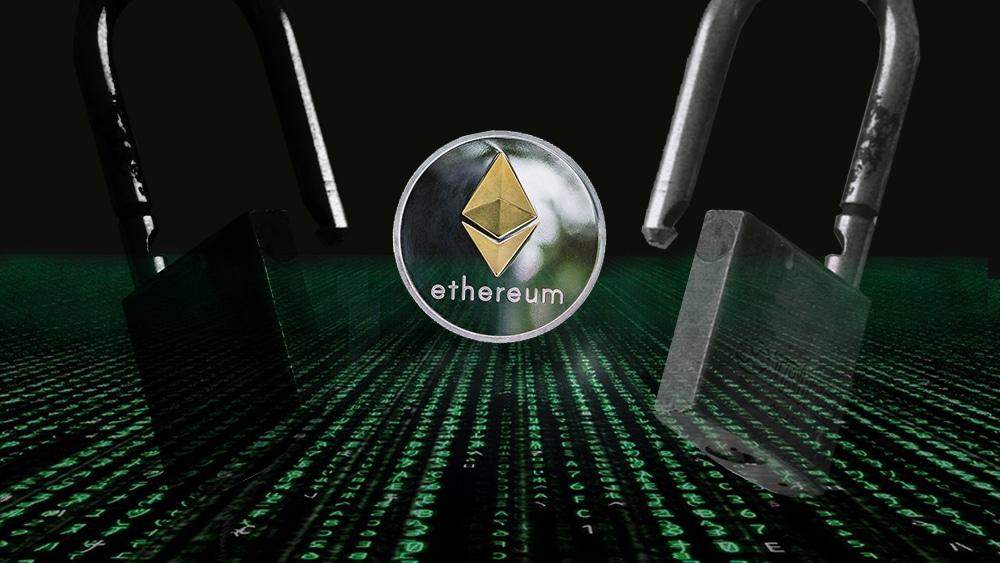Contents
Key facts:
Ethereum 2.0 would be especially vulnerable to attack by a supermajority and purpose.
As a solution to this, proposed to increase the reward for staking.
It will be easier to scale an attack on Ethereum 2.0 in the current network. So warned Tanner Hoban and Thomas Borgers, the company ConsenSys in a report of over 100 pages in which they give their reasons for this.
Justify his warning that the implementation of the proof-of-participation (or PoS, for its acronym in English) in Ethereum 2.0 does not have the barriers of protection that involve expensive hardware and the high energy consumption of the Proof-of-Work. This, according to point to Hoban and Borgers, is inadequate to achieve sufficient levels of security.
Identified two main categories of attack vectors:
Attacks of a supermajority: when an entity controls more than half of the validators in a committee.Attacks purpose: to ensure that the validators are not able to achieve its goal and, therefore, the network is out of use.
The security in Ethereum 2.0 depends on three variables clear: the amount of ethers at stake, the price of the ether and volatility. The first variable is the more controllable, but the price of the ether in relation to the volatility is an element that is external and unpredictable which has a direct impact on the security of the network. Between more ethers can be buy low-priced, less costly would be an attack.
One of the variables of Ethereum 2.0 is the price of the ether, which can cause a direct impact on the security of the network. Source: Doughnutew/pxhere.com
However, recognize that point to a 13.8% of the ETH at stake would coincide with the levels of security of Ethereum 1.0 to historical prices.
On the other hand, the researchers admit that, while the POS for Ethereum 2.0 has been built in an elegant way, it can be difficult to understand from the perspective of the validators by their complexity, which could create a sense of uncertainty and unpredictability at the level of narrative. This, added to the lack of liquidity in the phases 0 and 1 by the absence of a bridge bi-directional between Ethereum 1.0 and 2.0, you can create centralization in the network.
Test participation: with advantages in spite of their weaknesses
Even knowing this, the authors of the report acknowledge that there could be a greater participation of enthusiasts of Ethereum in a system based on PoS, because it will become much more simple of run that the mining current proof of work. This is important for a successful launch of the Beacon-Chain (layer of consensus ETH 2.0), as well as for the decentralization of the network.
In PoS transactions are processed to prove the possession of the own cryptocurrencies. In the particular case of Ethereum 2.0, anyone who has at least 32 ETH in your wallet will be enabled to do the staking and to receive, in exchange, a reward transaction is validated.
It differs as well from the PoW protocol of consensus currently in effect, which consists in the resolution of mathematical problems, more exactly a sequence of hash that has a variable that adds difficulty. Solve the test successfully requires time and electrical energy. The ability of mining is subject to the computing power of the user.
Possible solutions and the response of Buterin
Hoban and Borgers are not limited to just pose the potential problem but also give possible solutions. Their proposals are on the side of encouraging the action of the validators honest.
They suggest increasing the rewards for participants who validate the transactions, while it penalizes those who perform actions with malicious purposes. In addition, they propose a more dynamic method to modify the rewards, when required, for example, in the case of a significant fall in the price of ETH. This could be done through the use of triggers, threshold functions staggered or functions that are directly related to the price of ETH.
The co-creator of Ethereum, Vitalik Buterin read the report and what he described as “very well done”. Anyway, he expressed his disagreement with Hoban and Borgers, because, according to him, overestimated the costs of an attack in PoW. For Buterin PoS could be more safe and it is not necessary to increase the rewards.
The work of these researchers, conducted without the sponsorship of the Foundation Ethereum, is complemented with the work of this entity, such as Breaking News mentioned days ago, conducts and promotes evidence on experimental networks to detect vulnerabilities in Ethereum 2.0.

